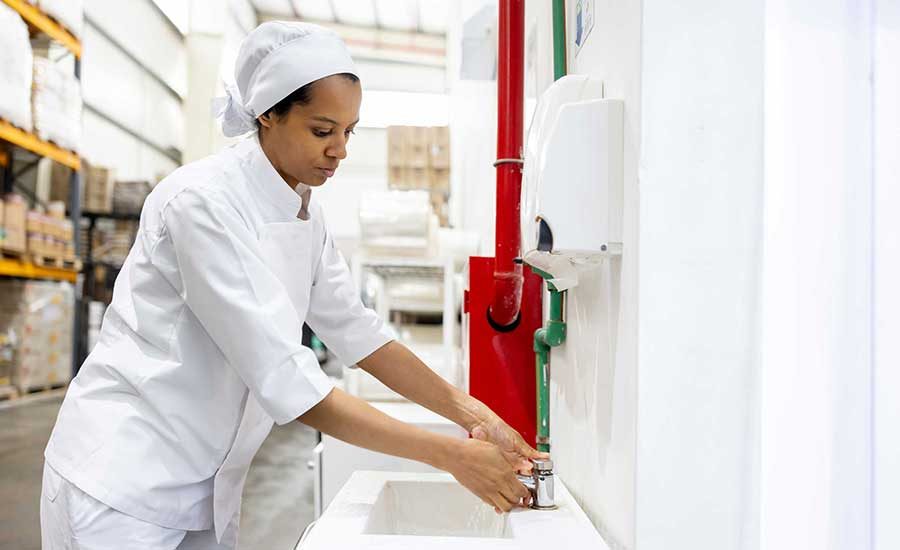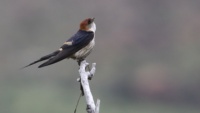Researchers Developing Automatic AI Deterrent Technology for High-Risk Birds in Produce Fields

Image credit: wirestock via Freepik
A project funded by the Center for Produce Safety (CPS) is developing technology that leverages digital sound surveillance, artificial intelligence (AI), and machine learning to identify the presence of high-risk birds in a produce field and automatically deploy deterrent methods.
Chetan Badgujar, Ph.D., Assistant Professor of Biosystems Engineering and Soil Science in the University of Tennessee’s (UT’s) Institute of Agriculture, is the Principal Investigator on the proof-of-concept project. By only deploying deterrents when high-risk birds are present and using a range of methods at varied intervals, he hopes that his technology will prevent birds that pose a greater food safety risk from habituating while reducing the impacts on helpful pest-eating species.
Dr. Badgujar’s developing toolbox builds upon previous CPS-funded research led by the University of California, Davis’ Daniel Karp, Ph.D., in which the prevalence of different bird species in agriculture and their risk for spreading foodborne pathogens were examined. Dr. Karp’s research showed that small insect-eating birds, such as swallows, posed a lower food safety risk than birds that flock near livestock, such as blackbirds and starlings.
The toolbox will incorporate existing AI-based bird recognition software developed by Cornell University, BirdNET Sound ID, which includes recordings of more than 900 North American bird species. At present, Dr. Badgujar and his team are testing the accuracy of BirdNET Sound ID in detecting and identifying birds when connected to an in-field microphone with a range of approximately 100 feet. So far, the setup has been 50–90 percent accurate in species identification, with better results for birds with higher-pitched calls. Guided by co-investigator Hao Gan, Ph.D., a UT electrical engineer with expertise in micro-scale systems and AI modeling, the researchers aim to successfully filter out background noise interfering with capturing bird calls and improve the detection system’s accuracy.
Once the researchers achieve 70 percent accuracy in their system’s bird species identification, Dr. Badgujar intends to connect the detection system with in-field deterrents triggered by the presence of high-risk birds. These deterrents could include loud noises (e.g., firecracker or gunfire sounds), visual disturbances (e.g., laser beams or flashing colored lights), and physical interventions (e.g., unfurling coils of reflective ribbons that wave in the wind).
The toolbox in development is stationary, intended for use in small fields up to five acres. Once it is completed, the researchers will test it at the UT Organic Crops Unit in Knoxville, Tennessee, and in berry blocks at the Plateau AgResearch and Education Center about 90 minutes west. Eventually, for larger operations, Dr. Badugiar envisions the toolbox installed on an autonomous robot that roams produce fields or orchards, deterring birds while also conducting pest scouting and other activities.
Looking for a reprint of this article?
From high-res PDFs to custom plaques, order your copy today!






